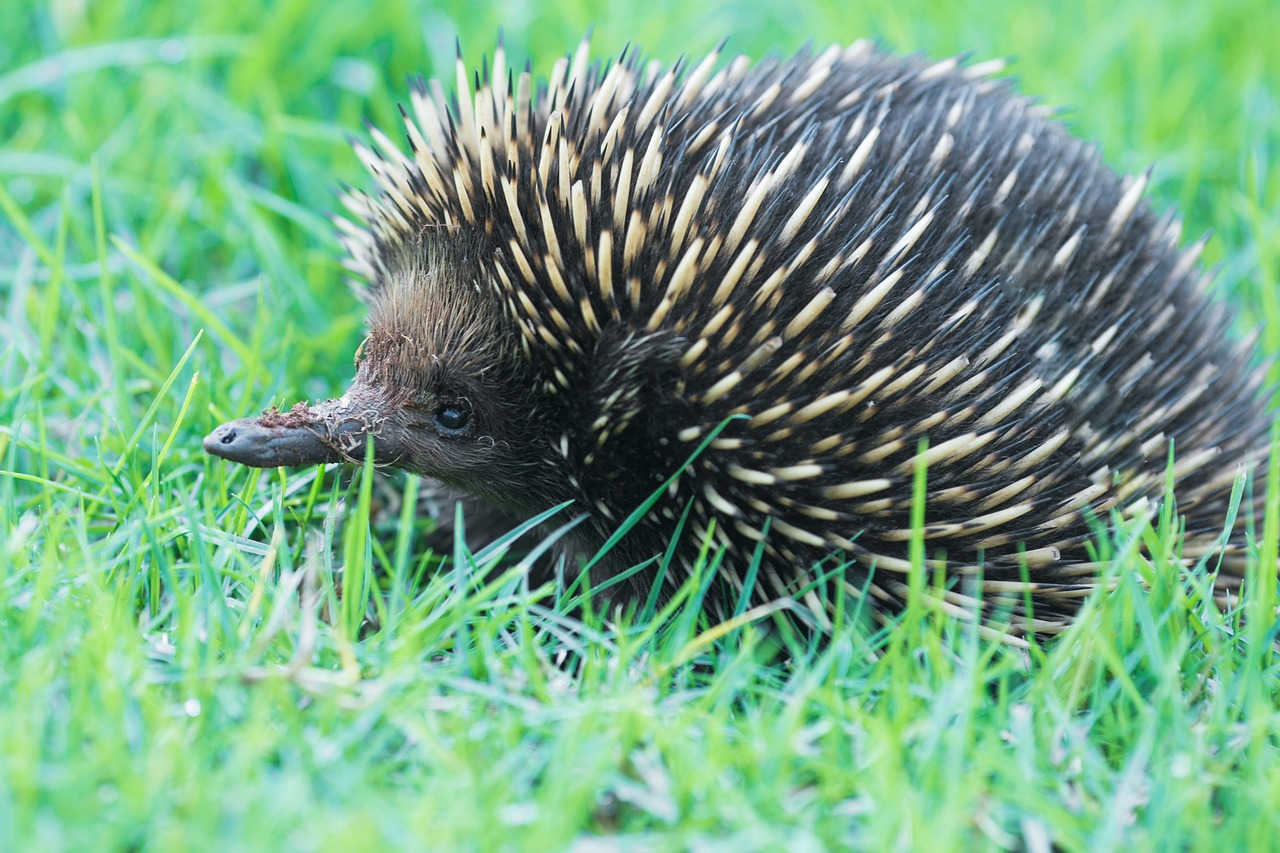Echidna CSI is an Australia-wide initiative that is helping to conserve our wild echidnas.
University of Adelaide echidna researchers want to learn more about echidnas – where they are, what they are doing and if they are healthy.
How can you help? By taking photos and collecting echidna poo!
They have already collected data from more than 13,000 wild echidna sightings across Australia. More than 700 samples of echidna poo have been sent to us for analysis.
What do you need to do?
Send in snaps
Although an iconic native Australian animal, echidnas are extremely hard to find when you’re looking for them, but often people see them when they aren’t trying. We don’t know much about the wild populations of echidnas. If you can send photos of any echidnas you see, we can start filling in the gaps about wild echidnas in Australia.
Post some poo
Echidna poo is known as a ‘scat’. We can learn a lot of information about echidnas by analysing the molecules in their scats. We can extract DNA and hormones to tell us about the echidna, and whether it’s healthy, stressed or reproductively active. It helps us learn more about wild echidnas without having to track or capture them.
Christmas is coming and this is a perfect time to slow down and observe the local wildlife (if you live in southern Queensland or Northern New south, you can also help find out what’s paralysing Rainbow lorikeets).
I talked about this with Danny Hoyland on West Bremer Radio on 9 December 2023. Listen live each week: Saturday 7.40 am, West Bremer Radio

